Heat Transfer Custom Printing: Elevate Apparel Design with Creative Precision 🎨👕
In today's fast-paced apparel and merchandise market, heat transfer custom printing has become a top choice for creators, small businesses, and designers. Whether you're producing branded shirts, one-off gifts, or full-scale apparel lines, this method offers vibrant results, flexibility, and professional polish—without massive setup costs.
This guide breaks down the basics, benefits, workflow, and best practices for heat transfer custom printing. Plus, you'll discover how to source high-quality materials and reliable partners to bring your designs to life effortlessly. Let’s get started!
🔍 What Is Heat Transfers Custom Printing?
Transfer custom printing is a versatile decoration method where designs—printed on special film or transfer sheets—are applied to fabric or other materials using heat and pressure (typically a heat press or iron). The design bonds securely to the surface, creating sharp, durable, and vibrant prints.
Unlike traditional screen printing or embroidery, this process is ideal for detailed, multi-color graphics, photo-quality images, and small runs. And yes—it's exactly what makes custom orders scalable and affordable. 💡
👉 Learn more on Wikipedia – Heat Transfer Printing
🎨 Why Choose It? Top Benefits
✅ Full-Color Precision
You can produce photo-quality designs, gradients, complex logos, and fine line art with accurate color reproduction.
✅ Low Startup Cost
No screens, no press setup charges—perfect for startups, hobbyists, and small-batch orders.
✅ Works on Numerous Fabrics
Compatible with cotton, polyester, performance blends, and even some synthetics. Just choose the correct transfer paper.
✅ Speed and Flexibility
Quick turnaround: upload artwork, press, and finish. Ideal for online stores, event merch, and sample runs.
✅ Washable & Durable
Applied correctly, quality transfers resist fading, cracking, or peeling—lasting through dozens of washes.
🧵 Core Methods in Heat Transfers Custom Printing
• Pigment Ink Transfers
Printed on heat transfer paper using pigment inks; suitable for cotton and light fabrics.
• DTF Transfers (Direct-to-Film)
Printed on PET film with adhesive powder, then heat-pressed. Works great on light and dark materials, including blends.
• Vinyl Heat Transfers
Cut vinyl shapes or graphics applied with heat. Great for simple text or logo work—but less ideal for full-color images.
• Sublimation (for polyester only)
Dye becomes gas and bonds with fabric under heat—best for white or light polyester garments.
🛠 Step-by-Step Workflow
-
Create or Prepare Artwork
High-resolution PNG, JPEG, or vector files. Mirror images if needed.
-
Choose Your Transfer Type
DTF, heat transfer paper, or vinyl—based on garment and design.
-
Print the Transfer
Use the correct ink and film/paper.
-
Heat Press Application
Typically 300–325°F for 10–15 seconds with medium-high pressure.
-
Peel & Finish
Hot peel or cold peel based on transfer type; some methods also allow a light re-press for finish.
🔧 Best Practices for Vibrant Results
-
Pre-press fabric for 2–3 seconds to remove moisture.
-
Use a lint roller to clear debris before pressing.
-
Always follow recommended temperature and time settings.
-
Store transfers and papers in a cool, dry place.
-
Test-print on scrap fabric when trying a new setup.
🌱 Where to Find Materials & Support
Looking for high-quality supplies and technical guidance?
Check out DTF Print House for:
-
Custom heat transfer solutions like pigmented and DTF sheets
-
Bulk or single sheet orders
-
Tools for designing and uploading layouts
-
Expert tips and customer support
They make heat transfers custom printing easy, fast, and reliable.
📊 Comparison Table: Transfer Methods
| Method |
Ideal Fabric |
Color Quality |
Speed |
Durability |
| Heat Transfer Paper |
Cotton/light fabrics |
High |
Fast |
Good |
| DTF Transfer |
Light/dark, blends |
Very High |
Fast |
Excellent |
| Vinyl Heat Transfer |
Cotton/poly blends |
Moderate |
Moderate |
Very Good |
| Sublimation (poly only) |
White/polyester fabric |
Excellent |
Moderate |
Excellent |
🔁 Inside Look: Heat Transfer vs Screen Printing
-
Startup Cost: Heat transfer low, screen printing high
-
Color Variants: Heat transfer offers unlimited RGB range
-
Minimum Quantity: Heat transfer ideal for 1-unit orders
-
Fabric Flexibility: Transfer supports blends; screen printing may need pretreatment
✔️ Final Takeaway
With heat transfers custom printing, you gain high-quality visuals, faster turnaround, and flexibility—without investing in complex printing equipment. It's perfect for entrepreneurs, designers, and creatives looking to make standout apparel and merchandise.
Order custom transfers or materials today at DTF Print House and start printing with precision and personality. 👕✨
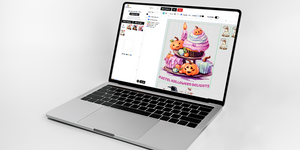 Vendor:DTF Print House
Vendor:DTF Print House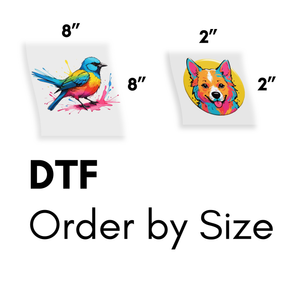
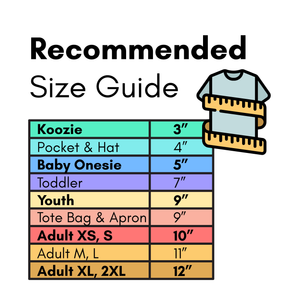 Vendor:DTF Print House
Vendor:DTF Print House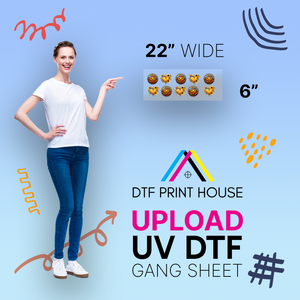
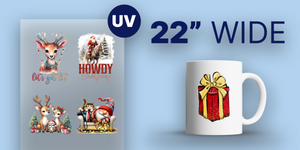 Vendor:DTF Print House
Vendor:DTF Print House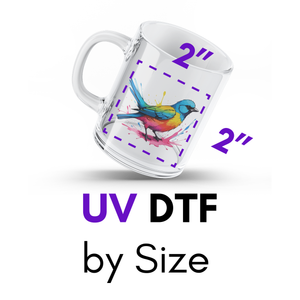 Vendor:DTF Print House
Vendor:DTF Print House




